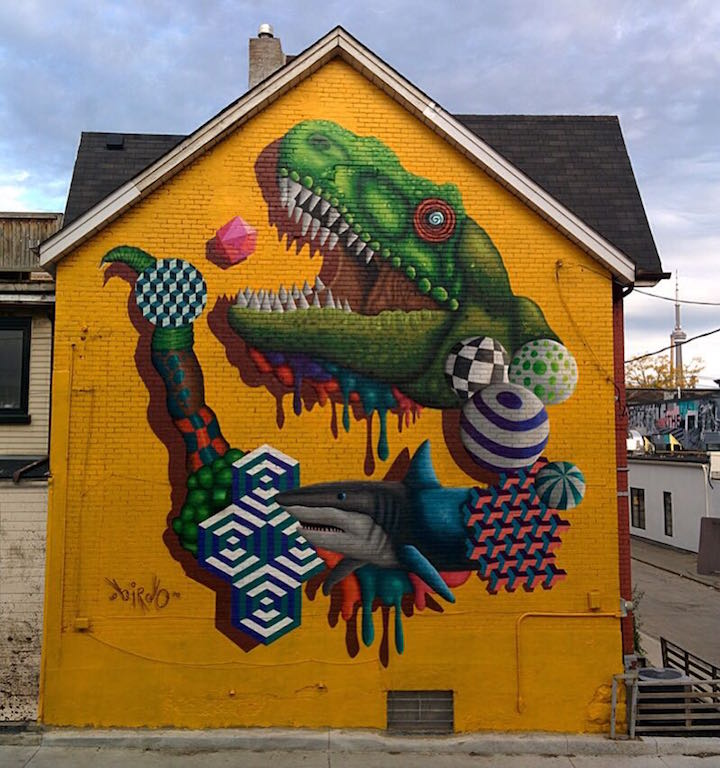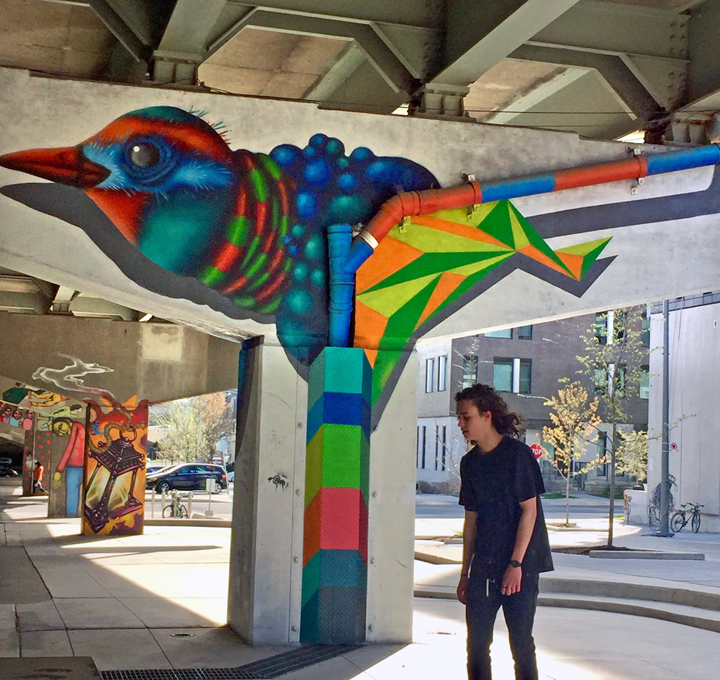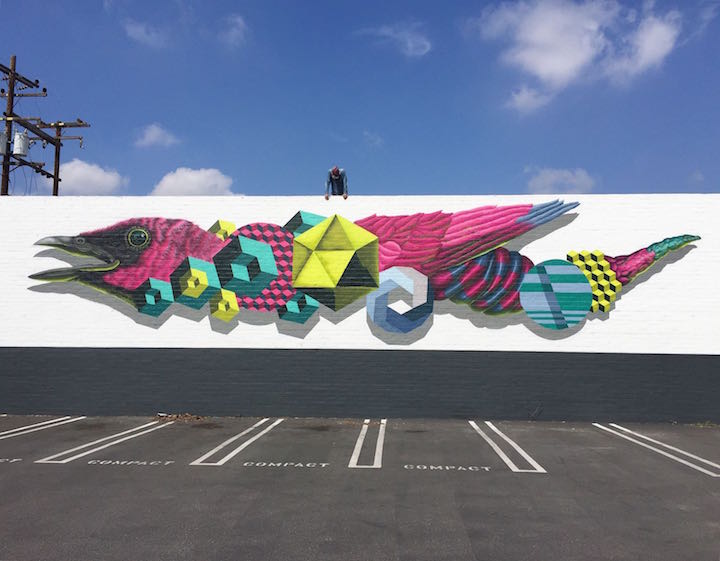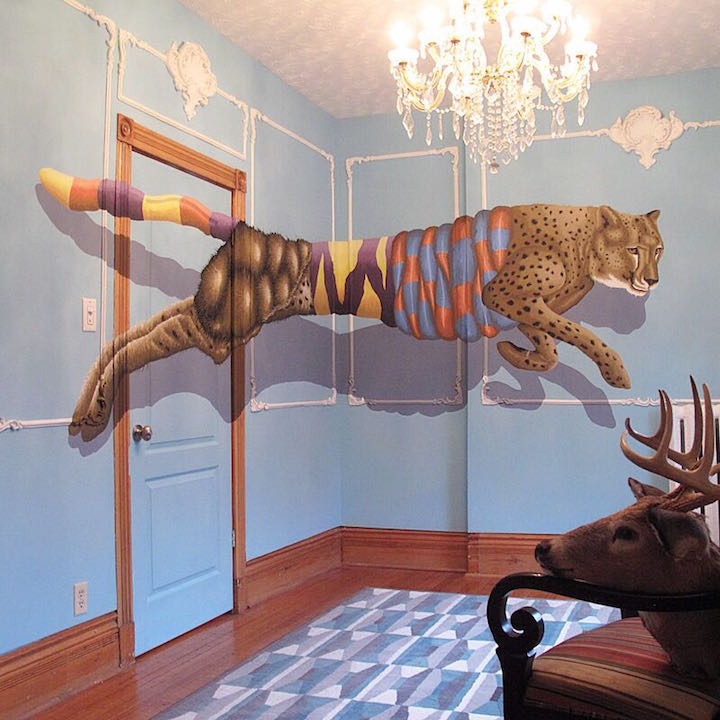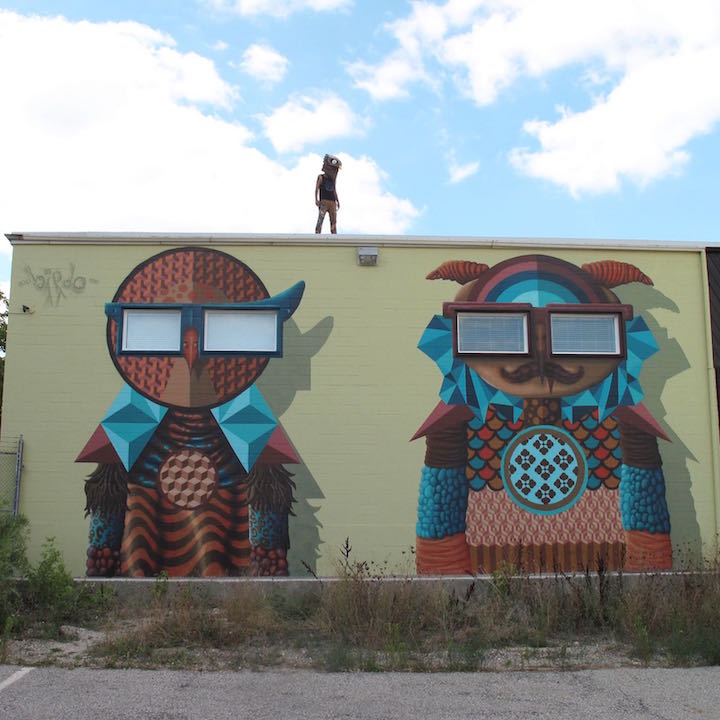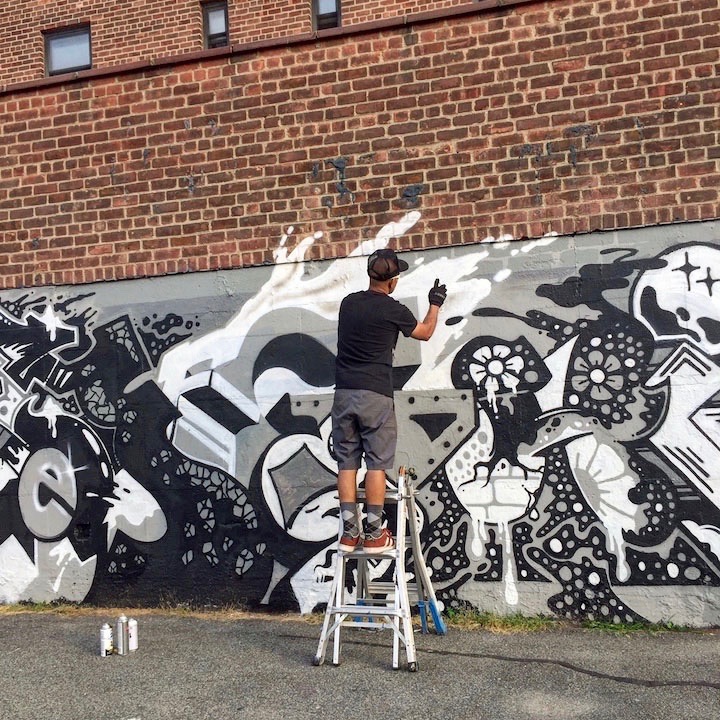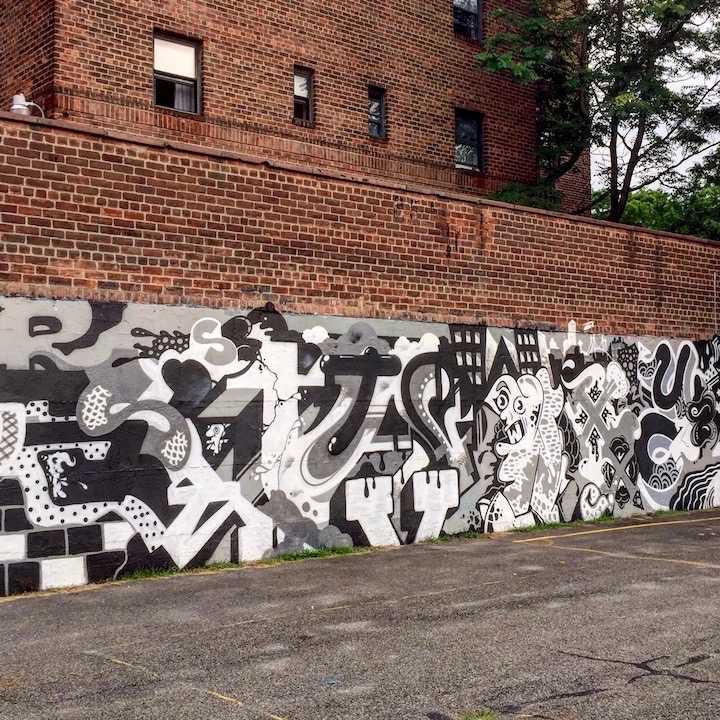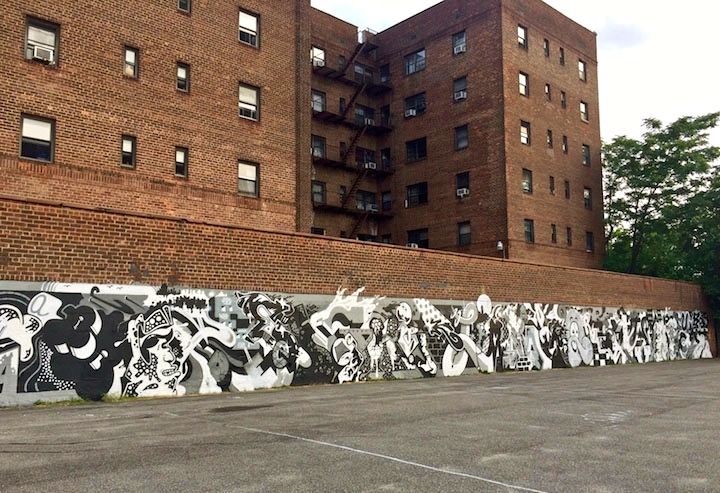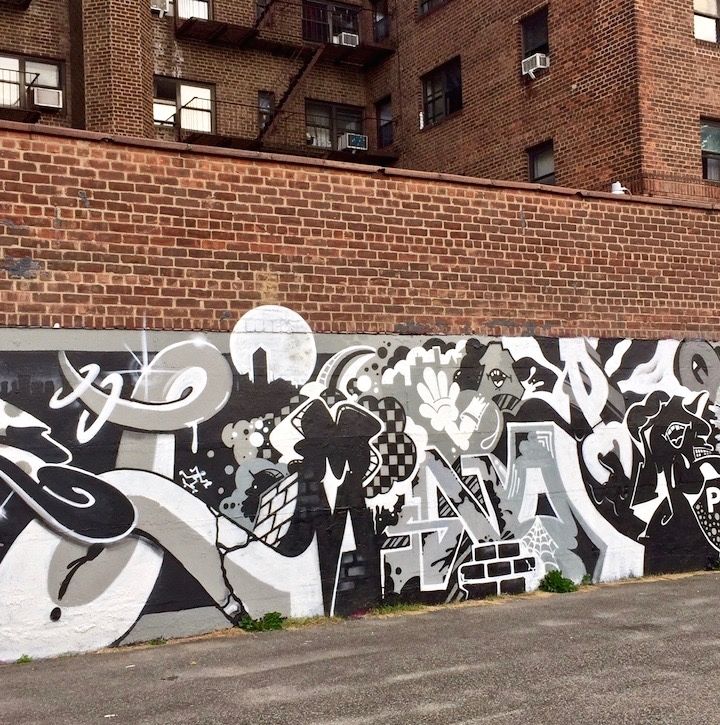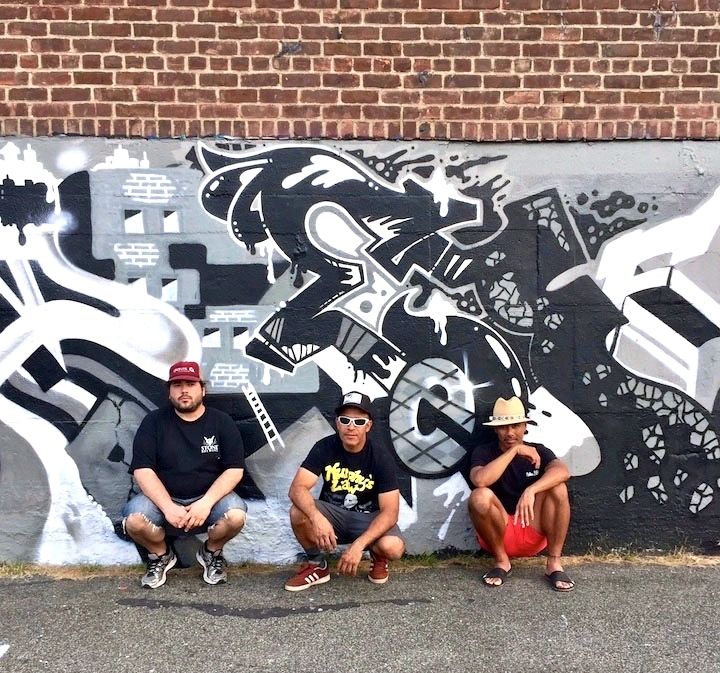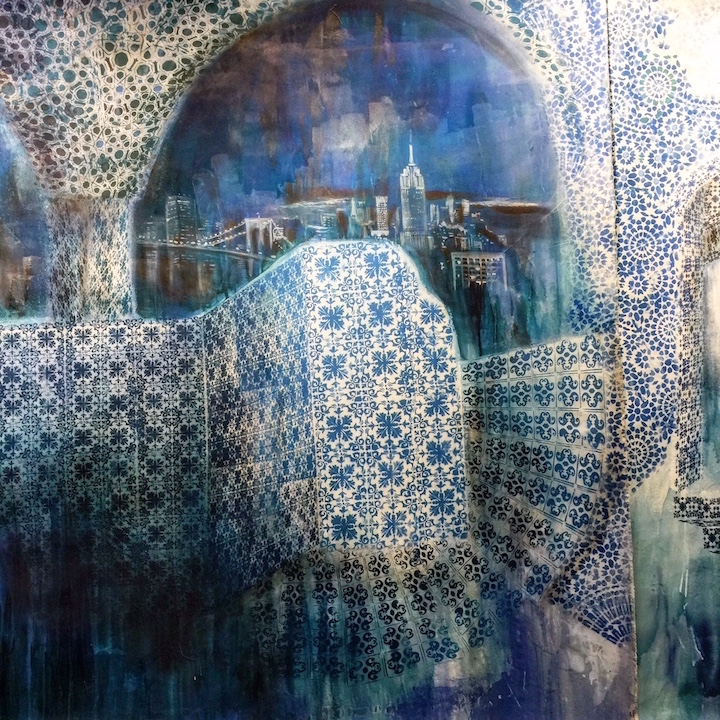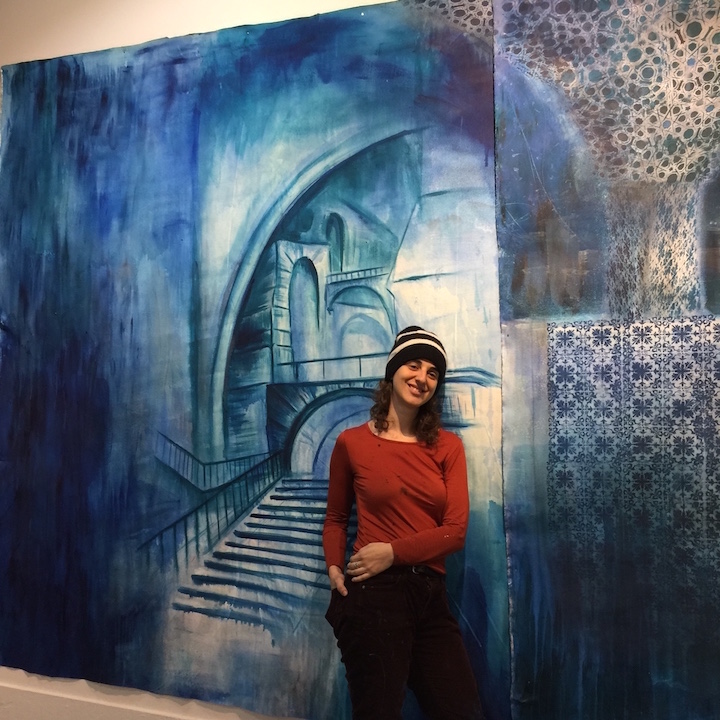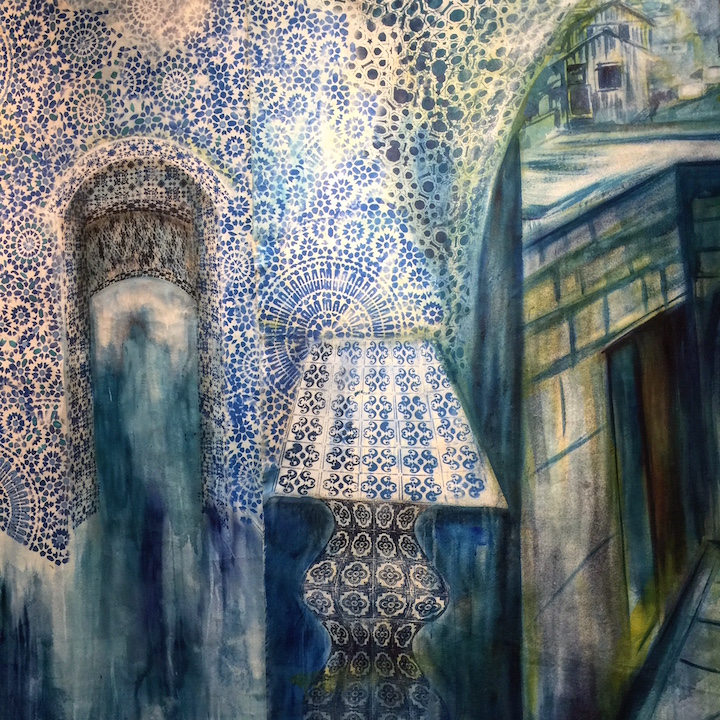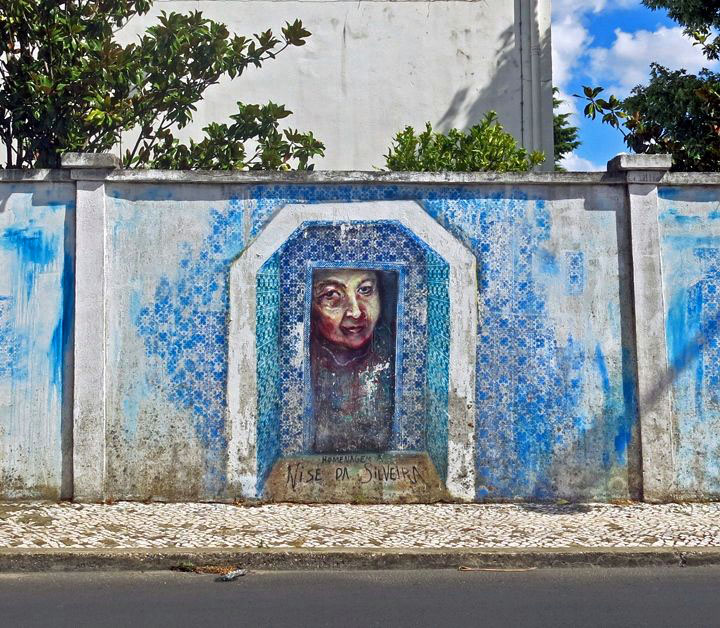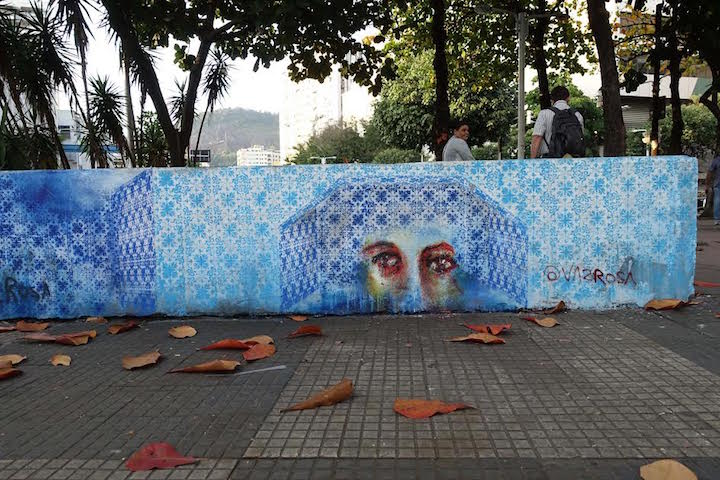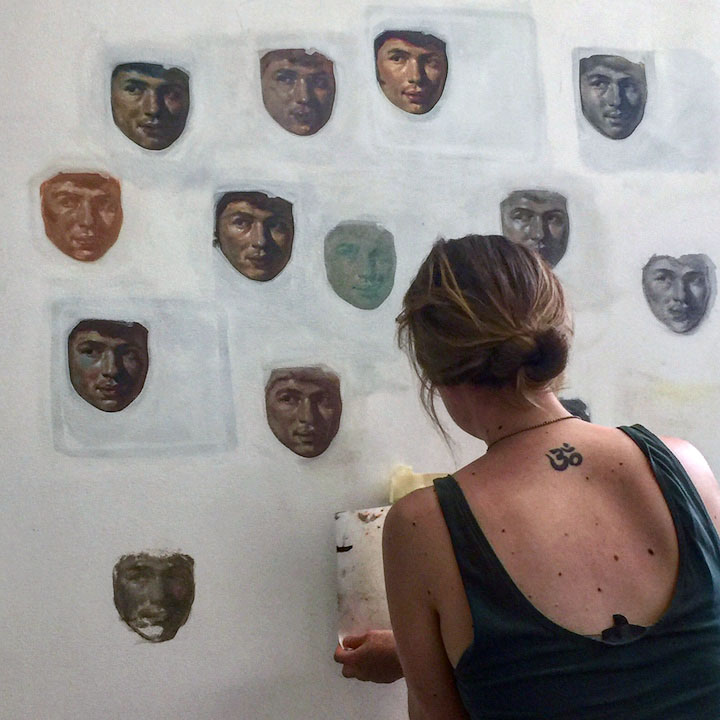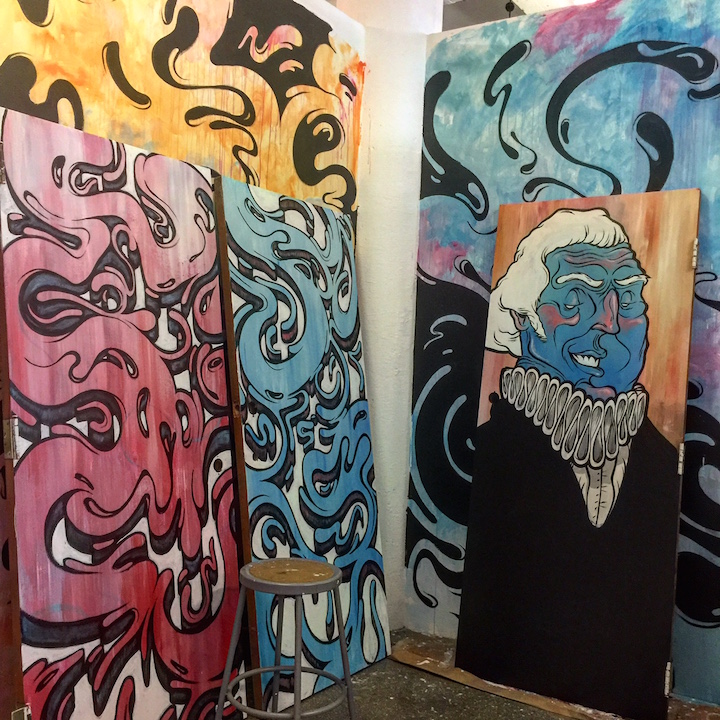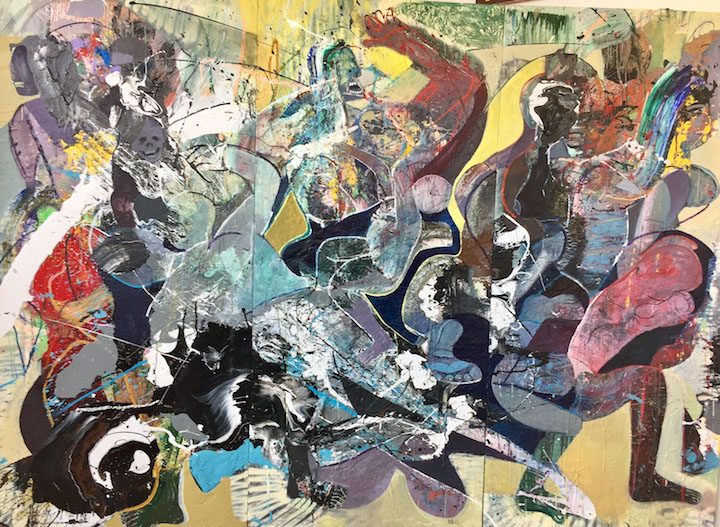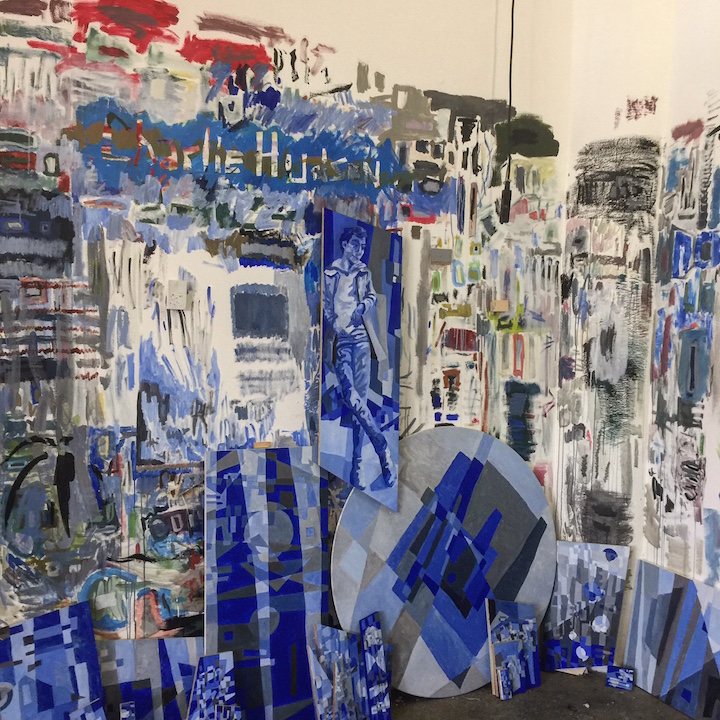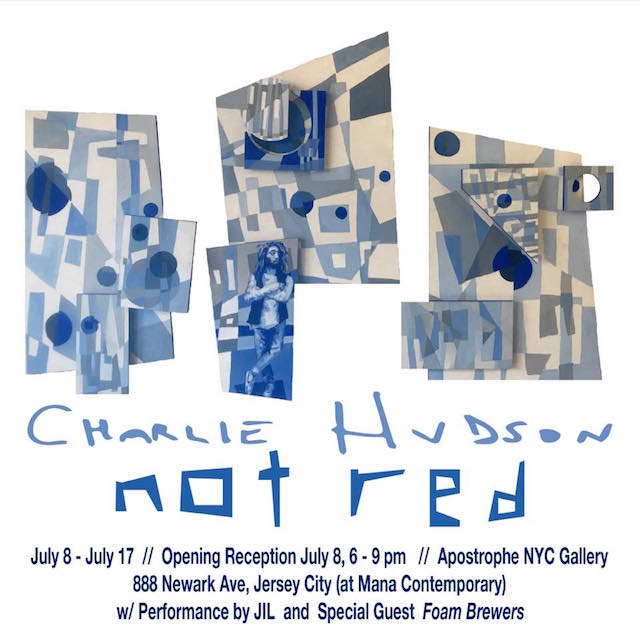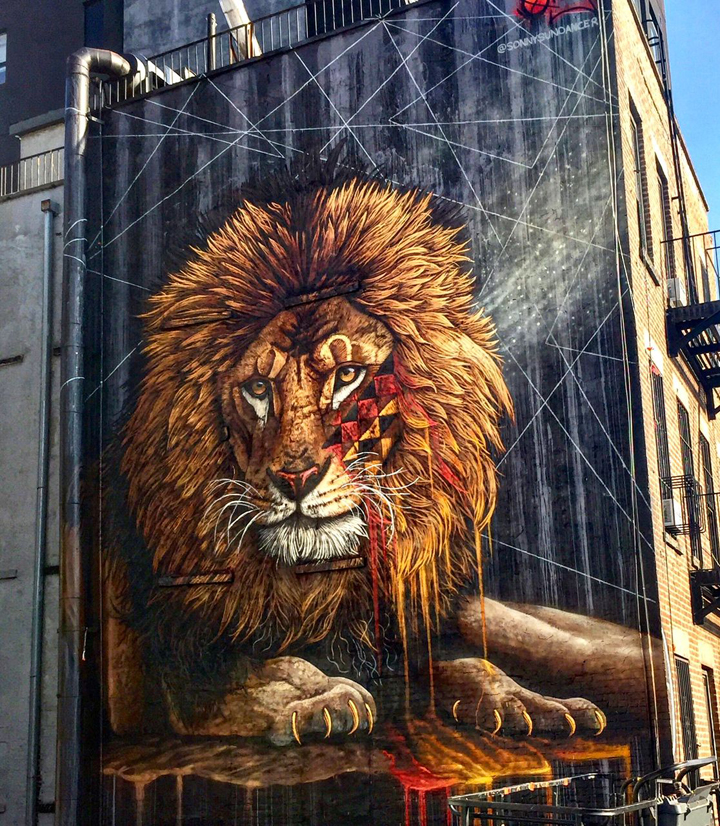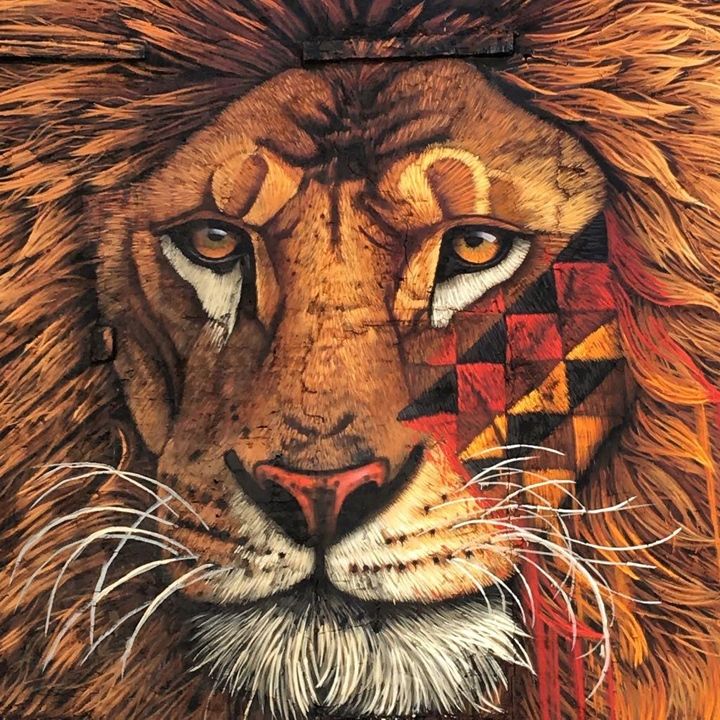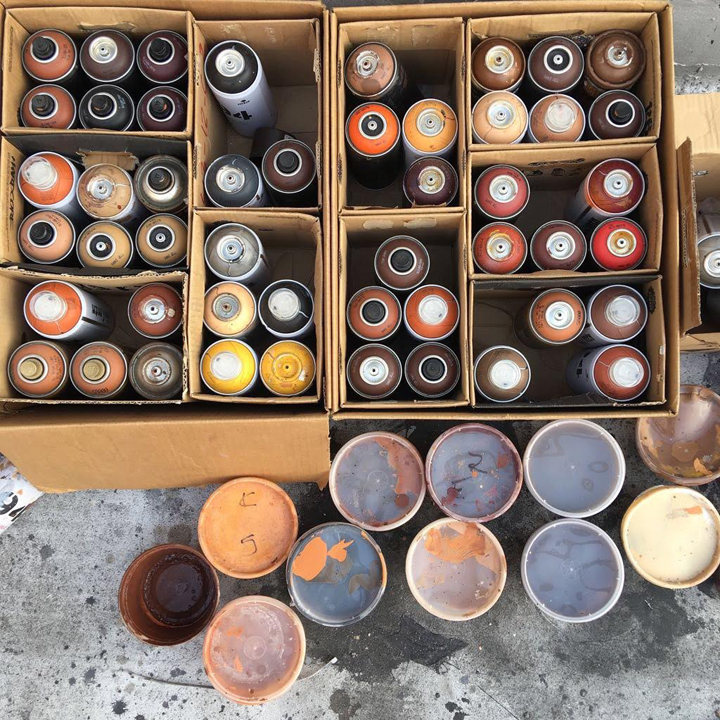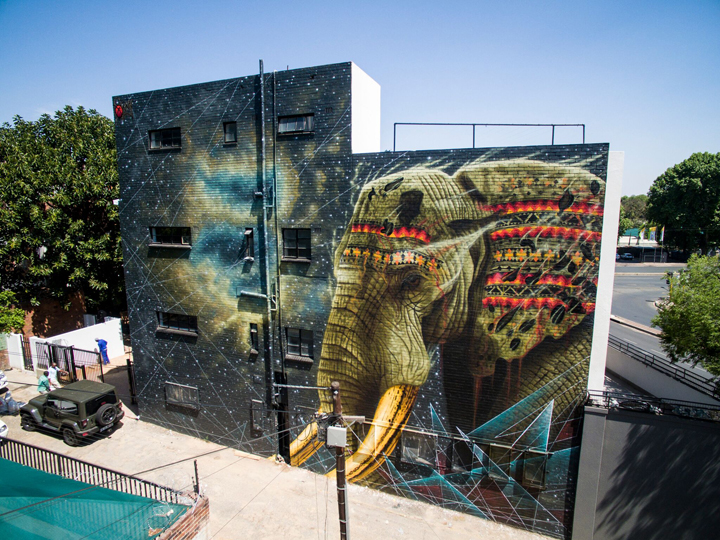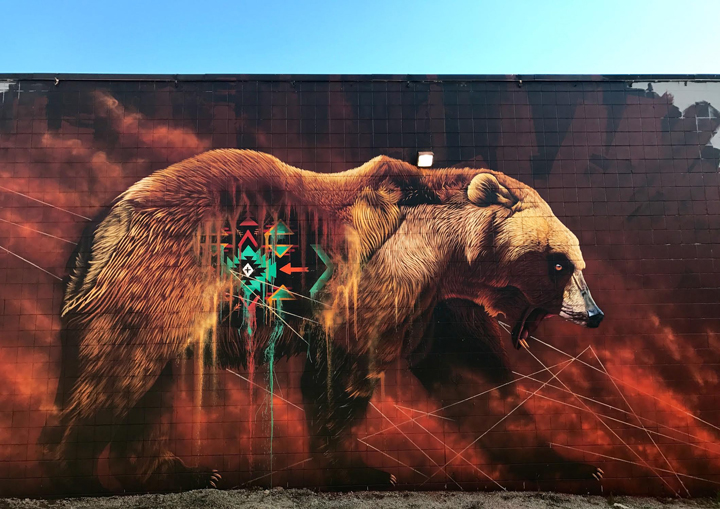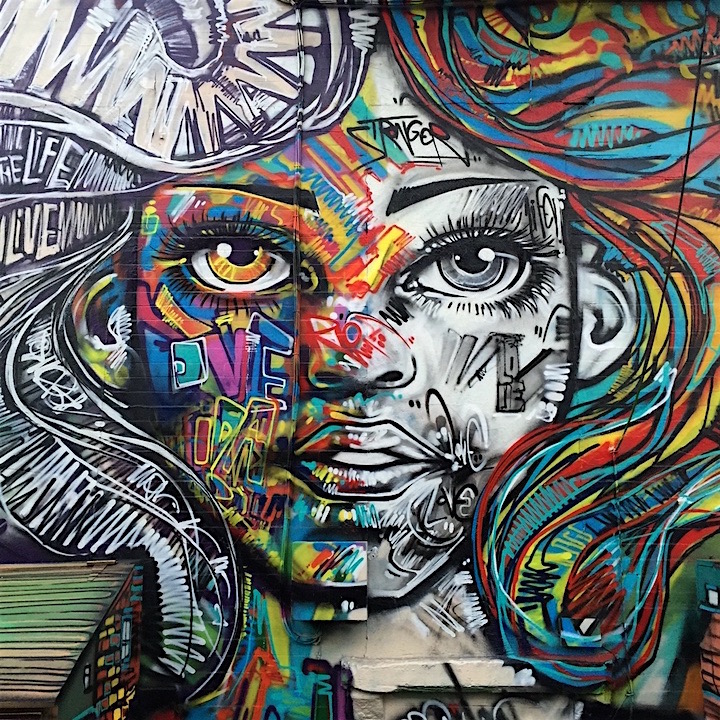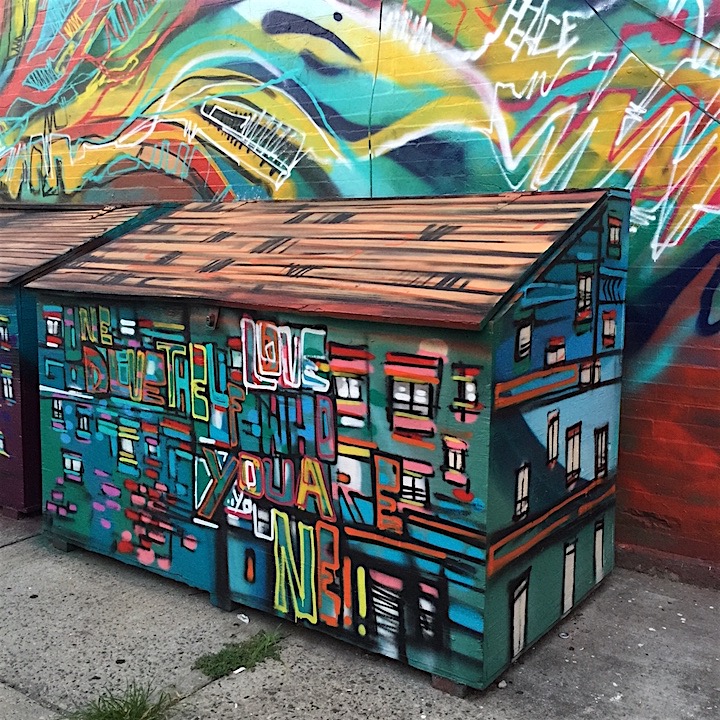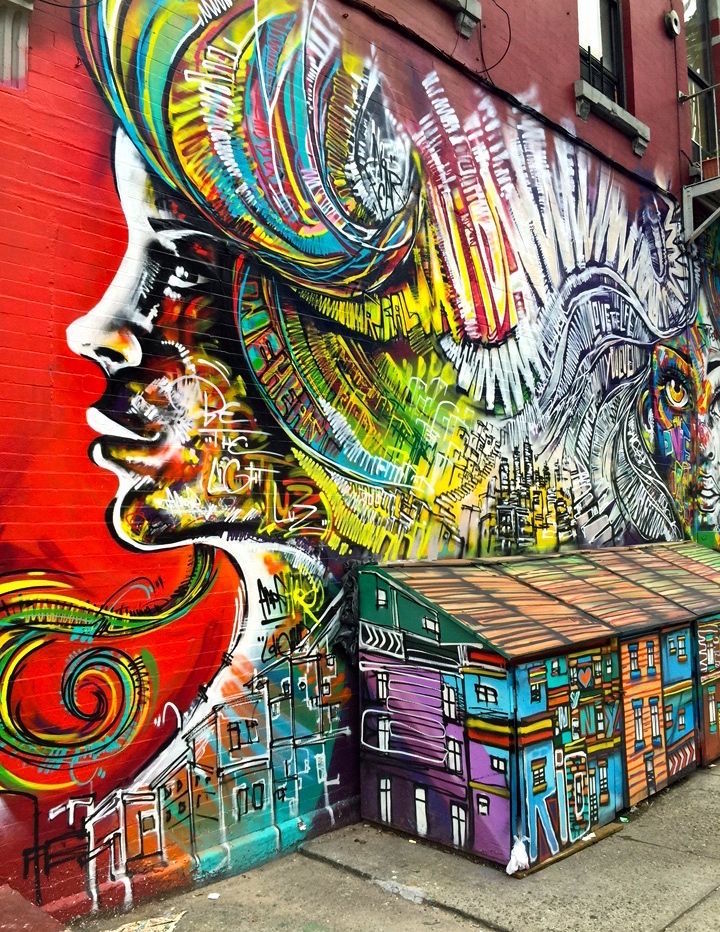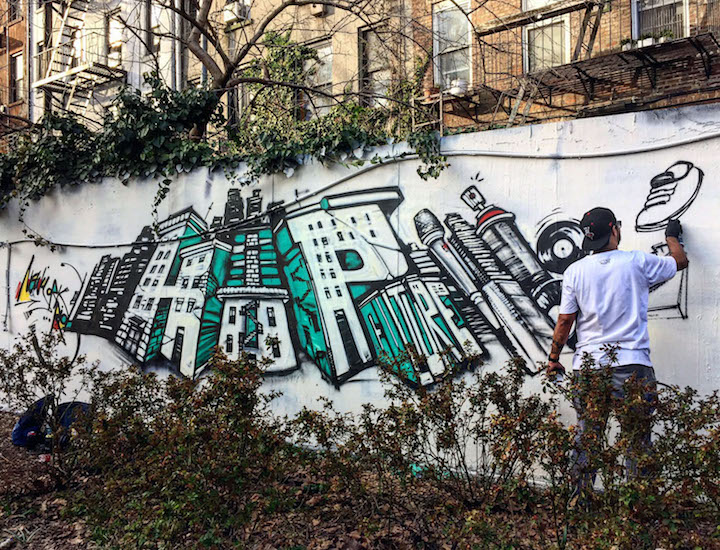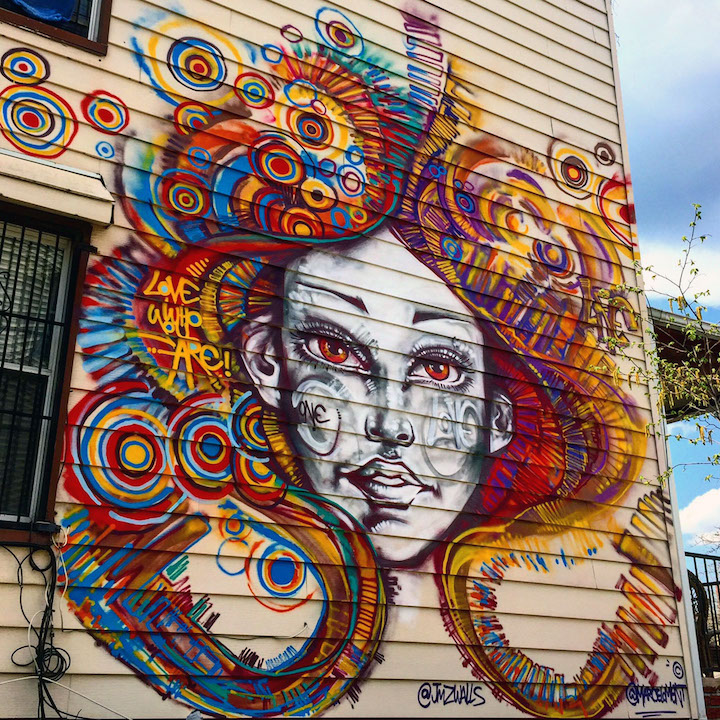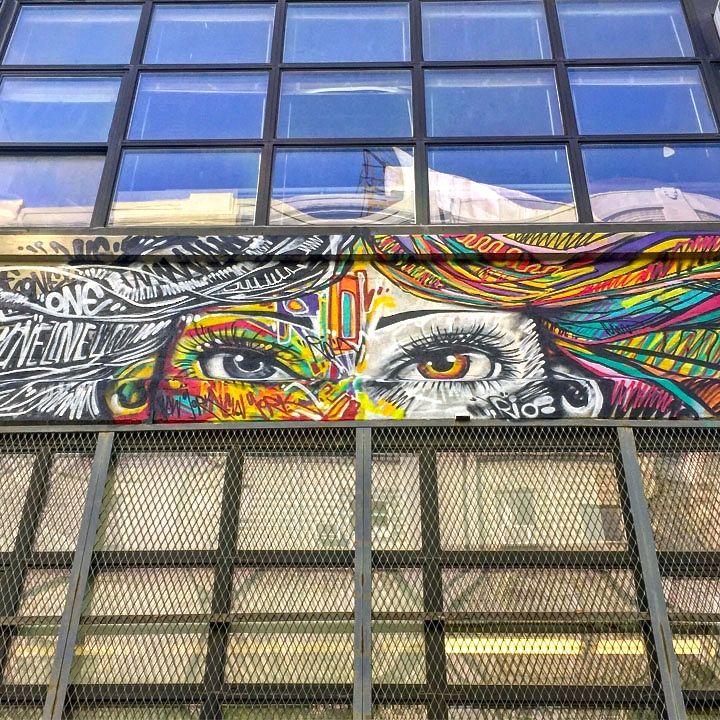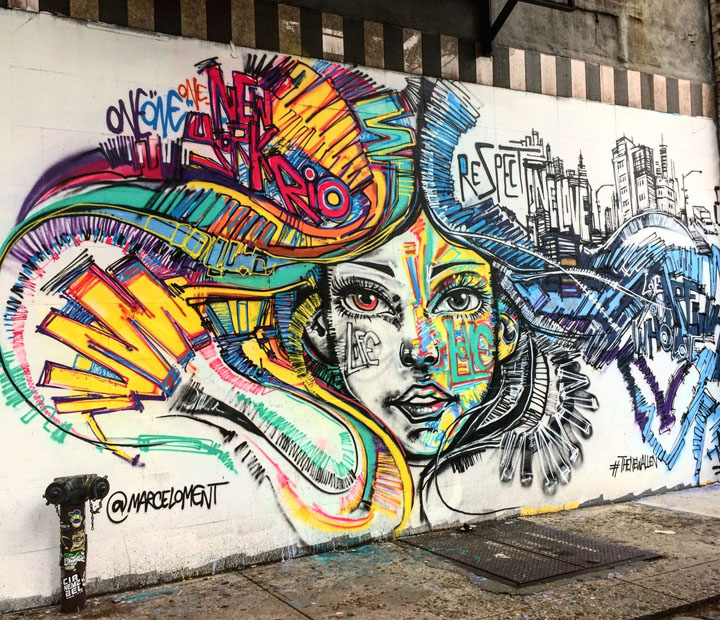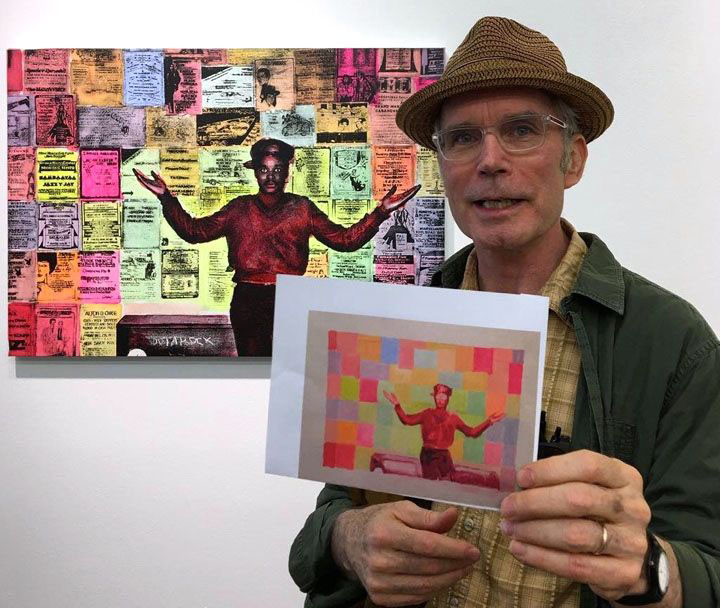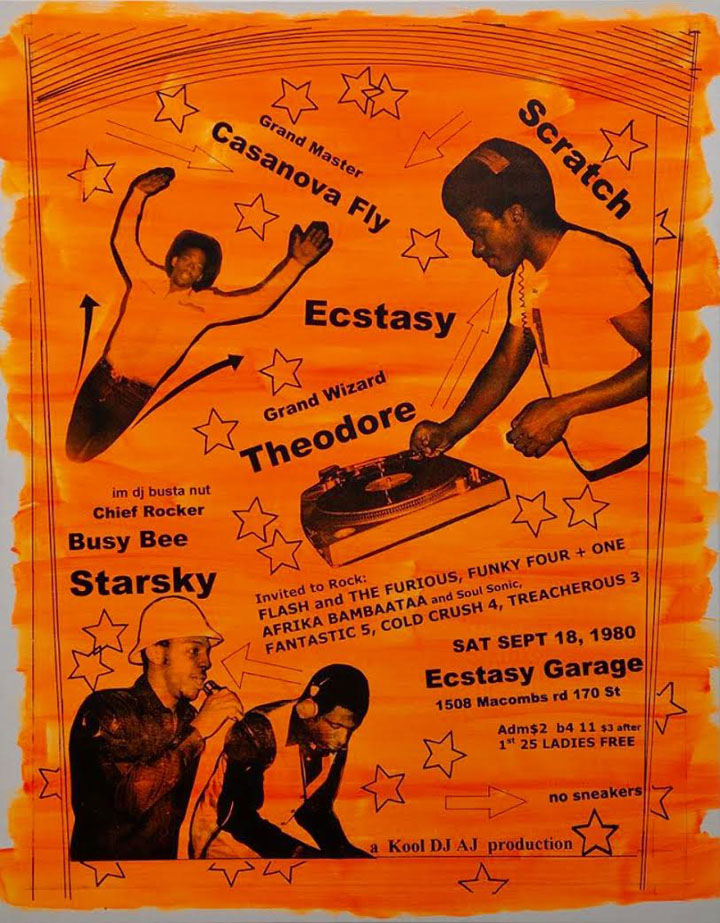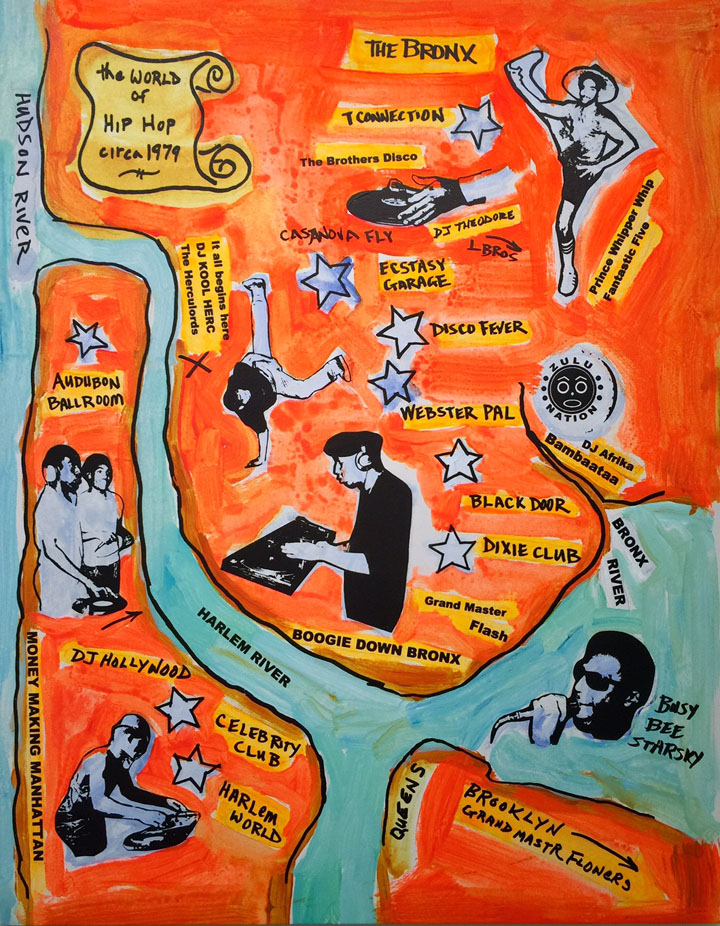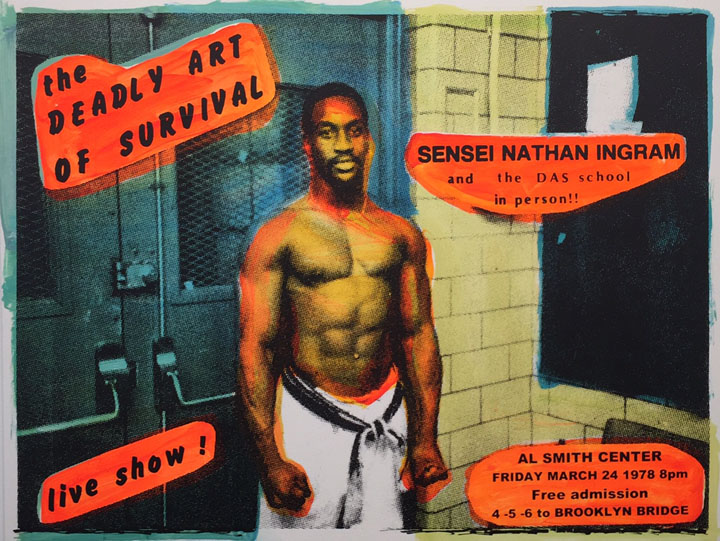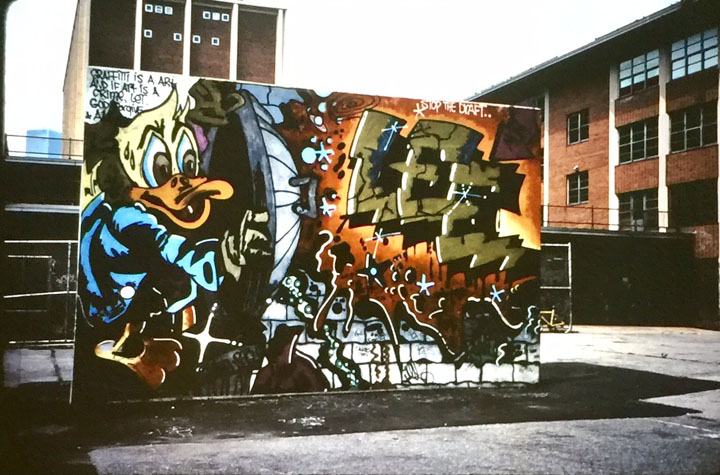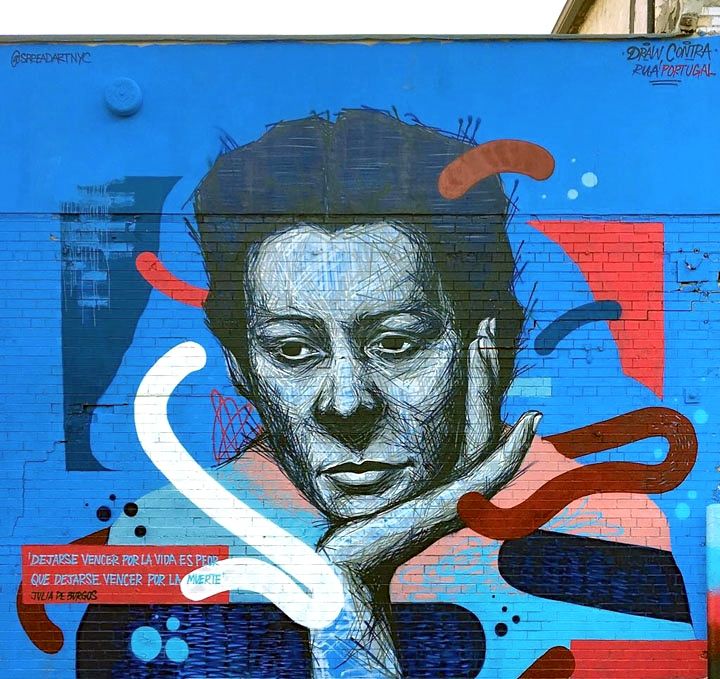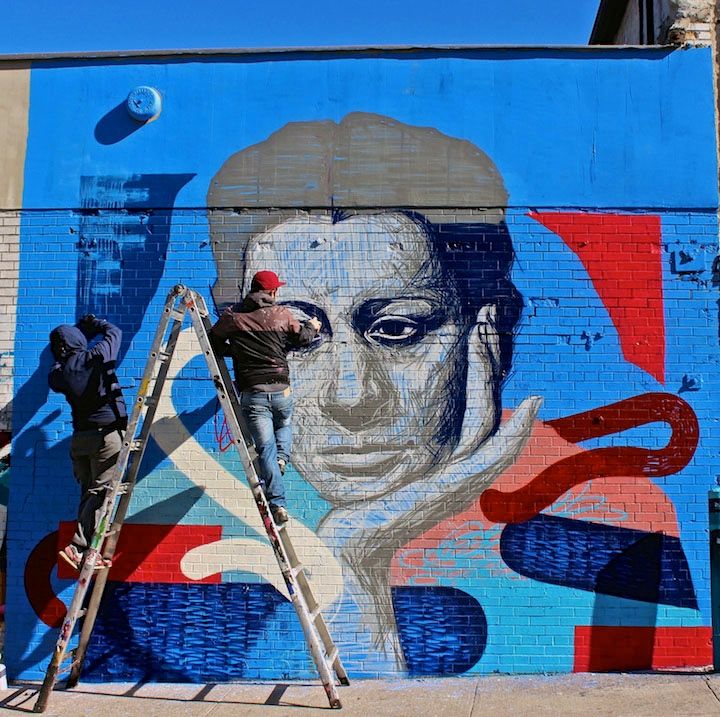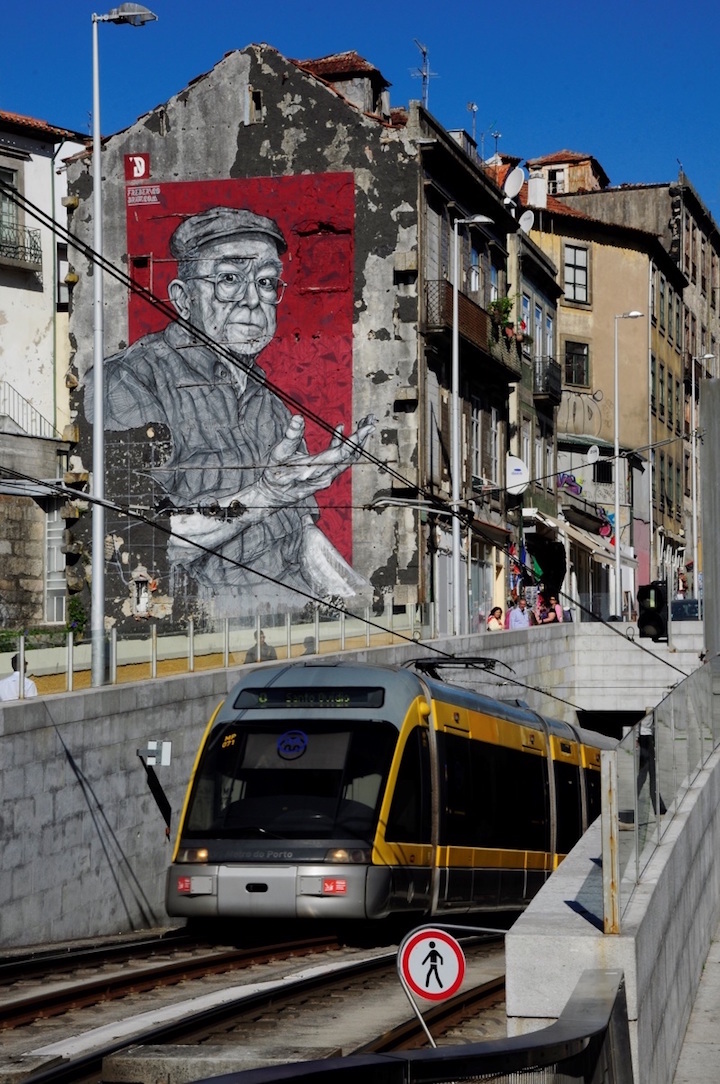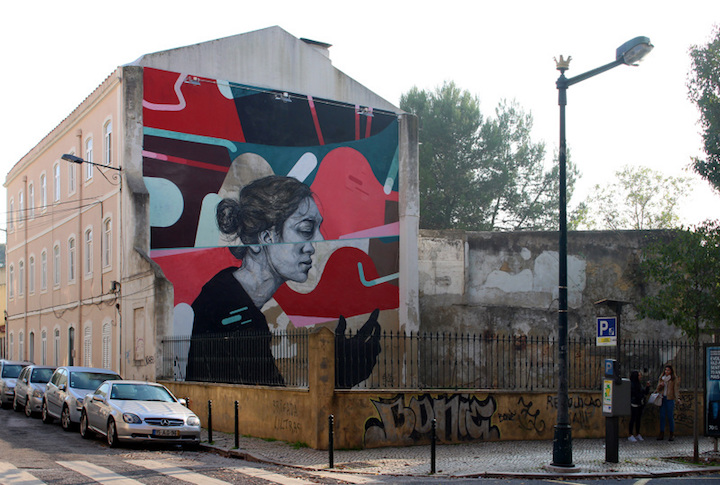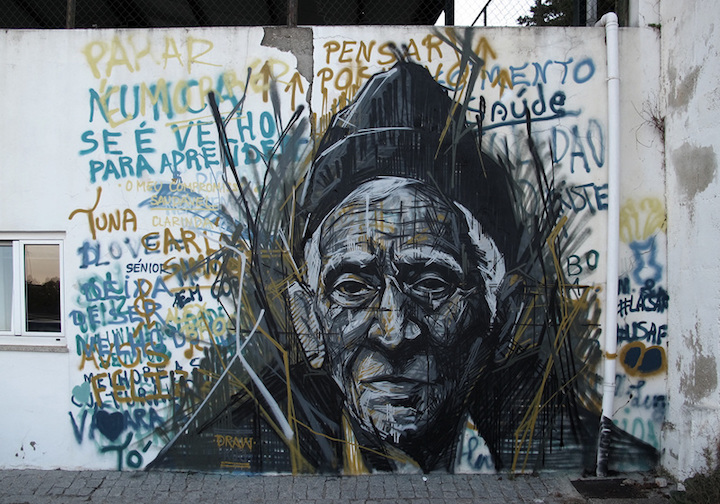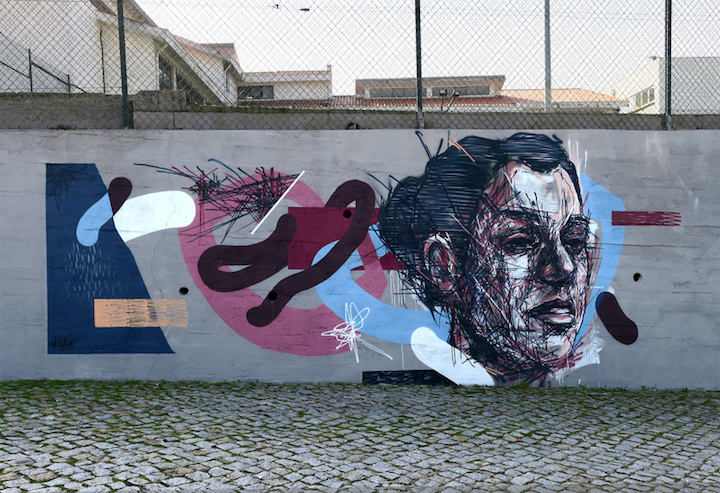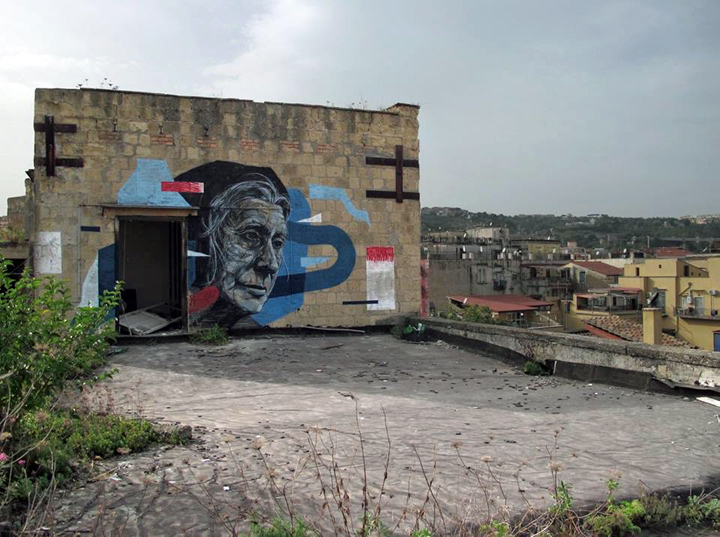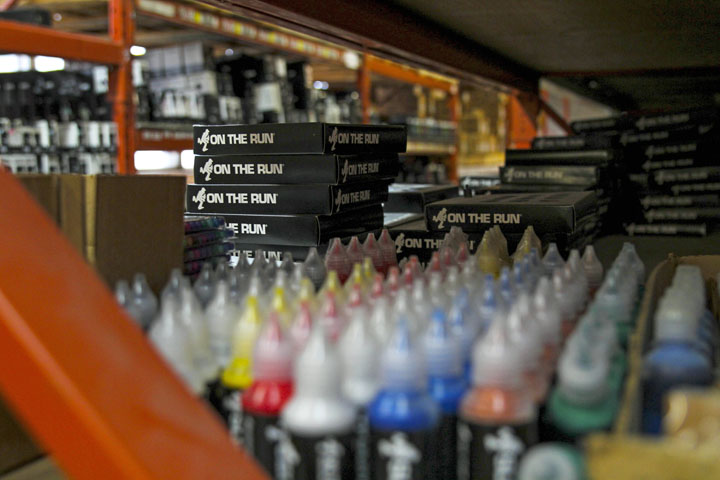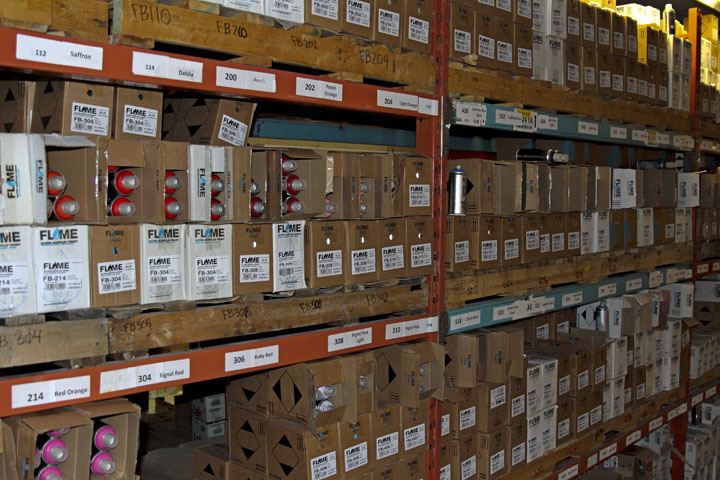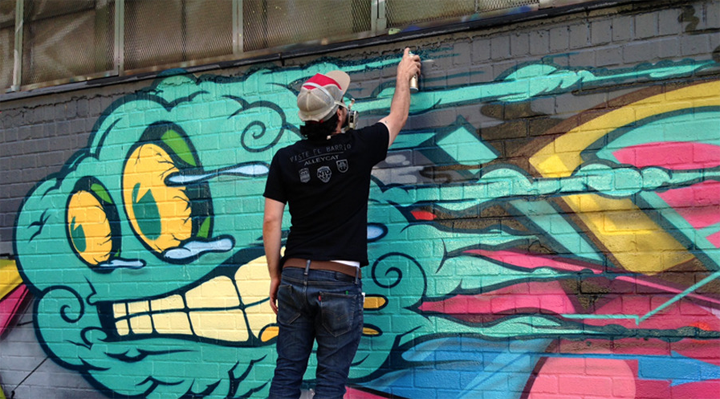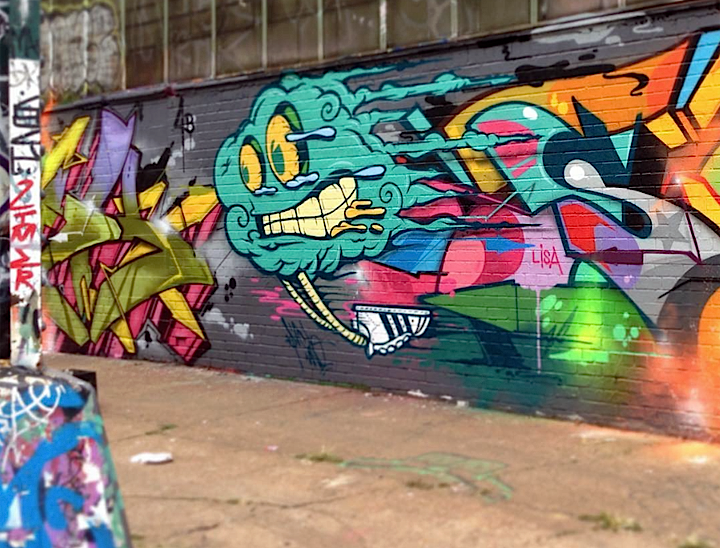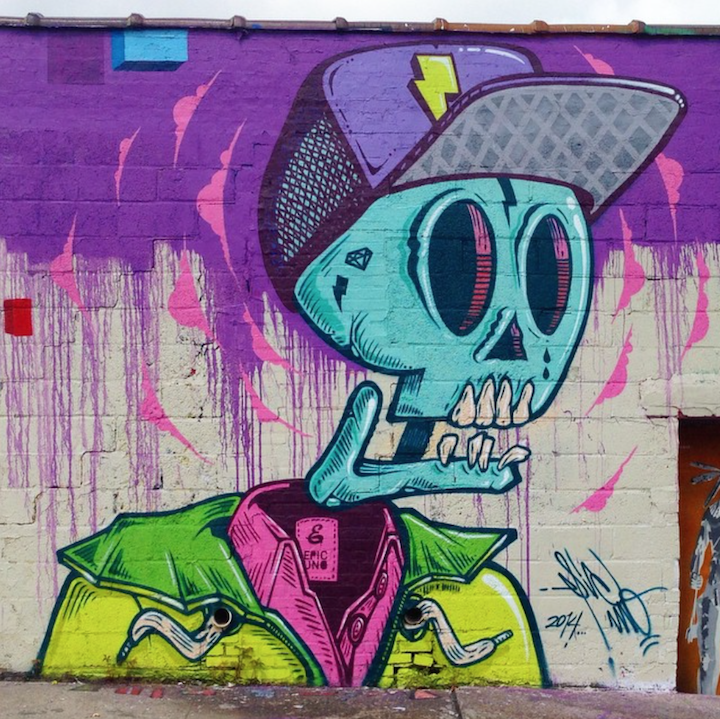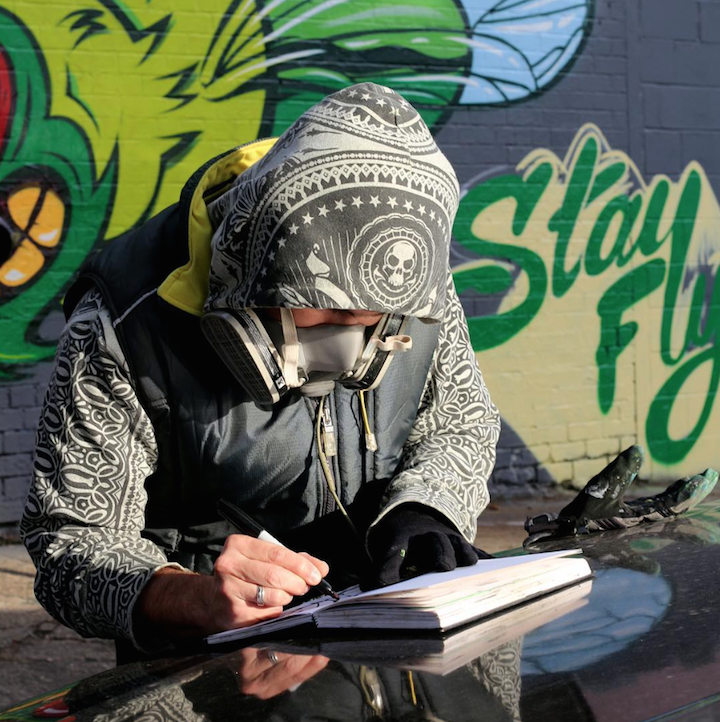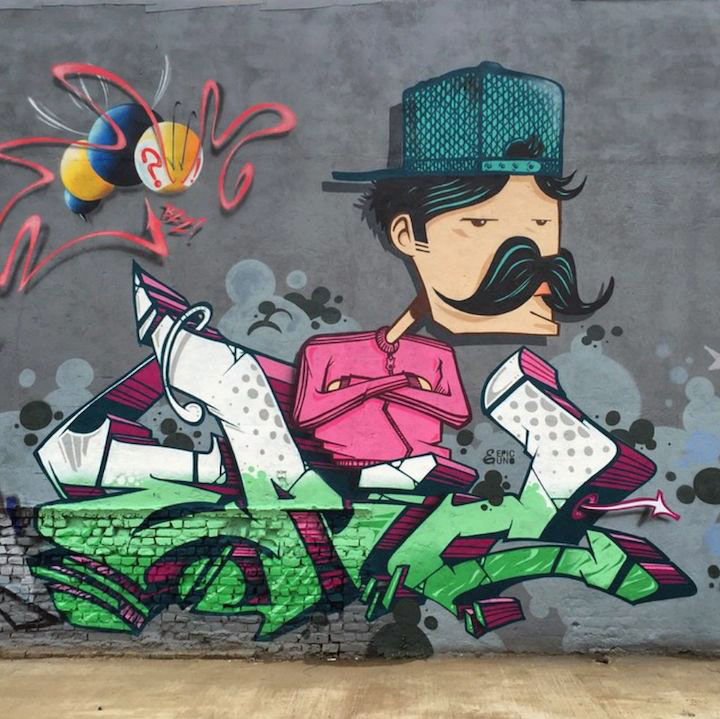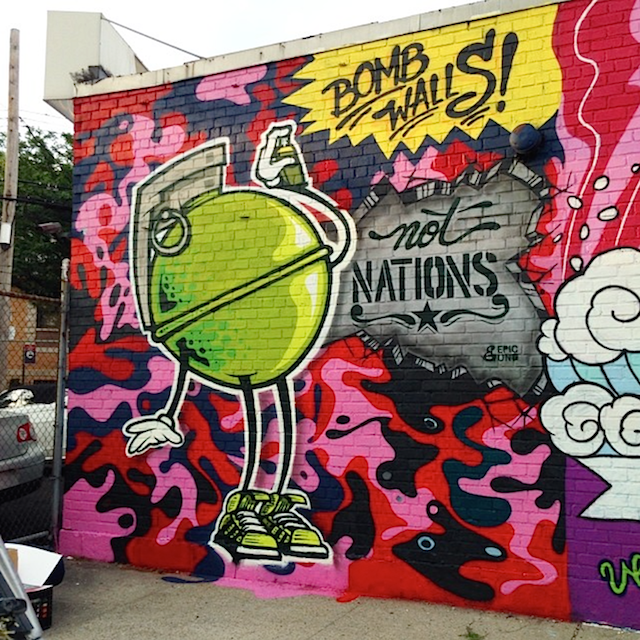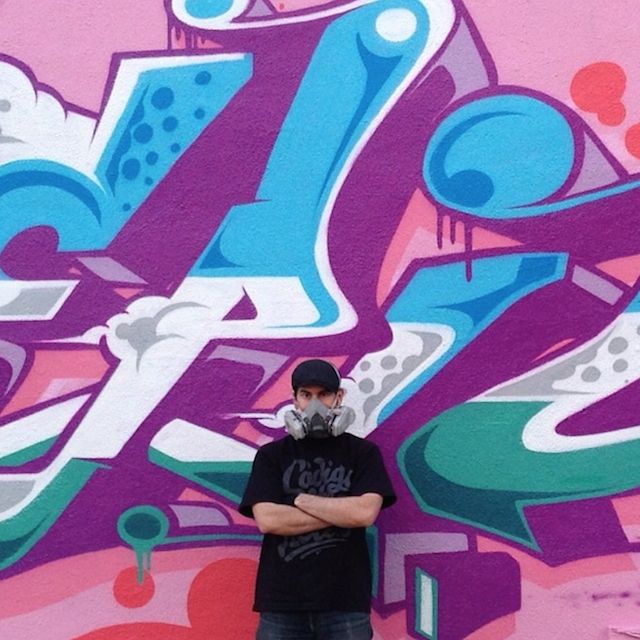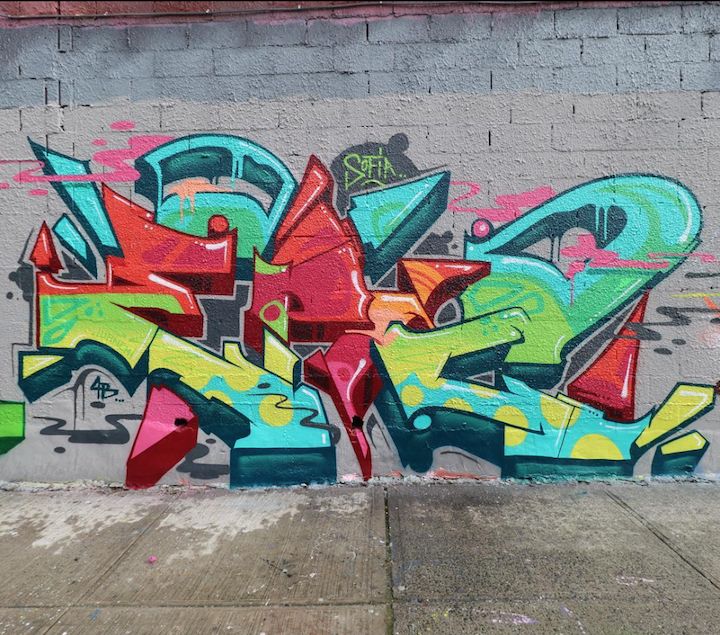Fashioned by the hugely talented Jerry Rugg aka Bird0, a delightful range of brightly-hued, surrealistic geometric creatures have made their way onto Toronto’s visual landscape. We were delighted to meet the artist while visiting Toronto and have the chance to interview him.
When and where did you first get up?
It was in 2002 in Toronto with a wretched, shitty, embarrassing tag.
What inspired you at the time?
The 90’s freight graffiti that I saw on the Canadian Prairies.
Do any early graffiti-related memories stand out?
Discovering that someone in my local town — Rove CBS — was a great graffiti artist and watching him paint.
Have you painted with any crews?
Six years of mayhem with the DMC crew!
These days, would you rather work legally or illegally?
I’d rather not be in handcuffs!
What is the riskiest thing you ever did?
Quit my day job.
What are your preferred surfaces?
I like painting outdoors – the bigger the surface the better.
Have you any thoughts regarding street artists’ engagement with the corporate world?
We have to pay our bills and we have to sleep at night. I guess it’s up to the individual to strike a balance.
What about exhibits? Have you shown your work in formal settings?
Yes. I’ve participated in quite a few group shows.
Would you rather paint alone or collaborate with others?
I’m a lone wolf. But I like the concept of collaborating and I like interacting with others. It’s part of our evolution as artists.
Any thoughts about the graffiti/street art divide?
There is friction; they’re different mentalities painting the same surfaces. I’ve always believed that you gotta give respect to get respect.
What percentage of your time is devoted to art these days?
All if it!
Do you work with a sketch in hand or do you let it flow?
I always have a sketch. I’m very strategic.
Have you a formal art education?
The graffiti culture has been my teacher.
Are there any particular cultures – besides the graffiti culture – that have influenced your aesthetic?
Not any specific cultures — but movements, like Surrealism and artists like Escher and Dali.
Are you generally satisfied with your finished work?
People who know me best would likely say I’m rarely satisfied with anything.
How has your work evolved through the years?
My style is similar, but my technique has evolved, particularly the way I work with shapes.
How do you feel about the photographers and bloggers in this scene?
I love it! We artists are in the business of exposure.
What do you see as the role of the artist in society?
Artists are independent thinkers. Our role is to mix things up. Artists should challenge, disrupt, or beautify.
What’s ahead?
Traveling, painting, drinking tea. Repeat.
Sounds good! We hope you make it to NYC soon!
Photo credits: 1, 3-5 courtesy the artist; 2 Lois Stavsky; interview conducted by Lois Stavsky with Tara Murray
Note: Hailed in a range of media from WideWalls to the Huffington Post to the New York Times, our Street Art NYC App is now available for Android devices here.
{ 0 comments }
